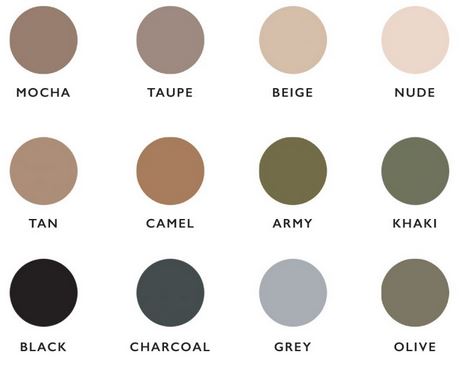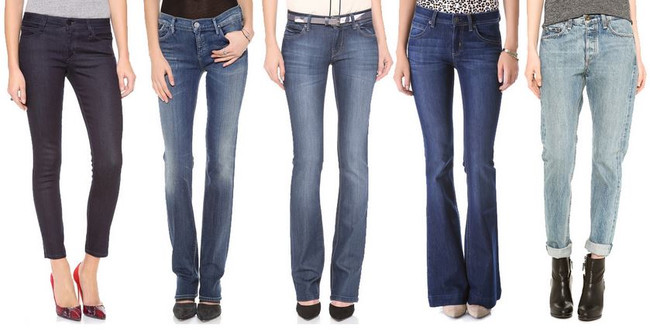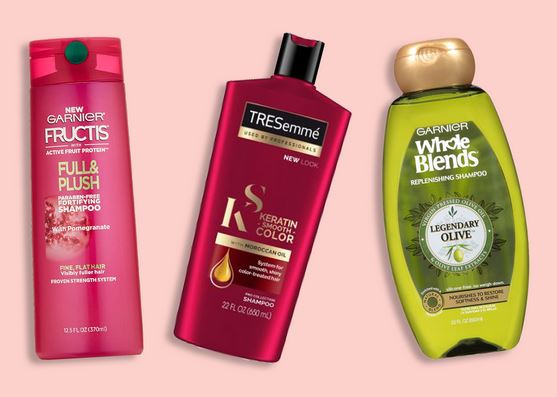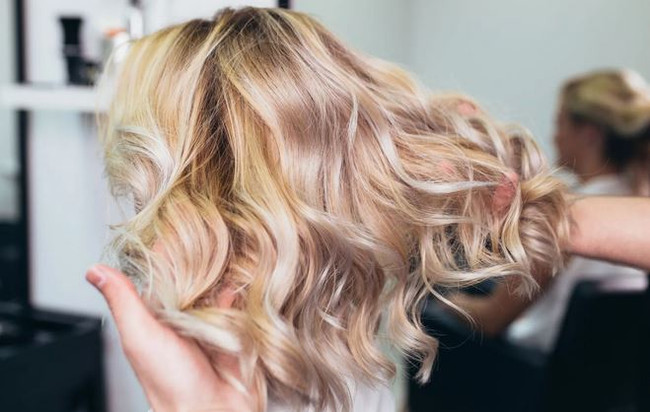How to choose the right colors for your wardrobe | |

| |
Colors play a significant role in fashion and can greatly impact how you look and feel in your outfits. Choosing the right colors for your wardrobe can enhance your personal style, complement your complexion, and create a cohesive and visually appealing wardrobe. In this article, we will provide you with valuable tips on how to choose the right colors for your wardrobe, allowing you to express your unique personality and create stylish and harmonious outfits. Understanding Color TheoryBefore diving into choosing colors for your wardrobe, it's essential to understand the basics of color theory. Colors can be classified into warm tones (such as red, orange, and yellow) and cool tones (such as blue, green, and purple). Additionally, colors can have different undertones, such as warm undertones (yellow, peach) or cool undertones (blue, pink). Complementary colors are those that are opposite each other on the color wheel and create a vibrant contrast when paired together. Determining Your Skin ToneOne of the key factors in choosing the right colors for your wardrobe is determining your skin tone. Here are a few general guidelines to help you identify your skin tone:
Identifying Your Color PaletteOnce you've determined your skin tone, you can identify the color palette that best suits you:
Building a Versatile Color FoundationTo create a versatile and functional wardrobe, it's important to establish a color foundation. Consider incorporating the following neutral colors into your wardrobe:
By building a foundation with neutral colors, you can create a solid base for your outfits and easily mix and match different pieces. Playing with Accent ColorsOnce you have established your neutral color foundation, you can introduce accent colors to add interest and variety to your outfits. Accent colors are those that complement your skin tone and can be used to highlight your best features. Consider the following tips when incorporating accent colors:
Experiment with different accent colors to find the ones that resonate with your personal style and make you feel confident. FAQsWhy are colors important in fashion?Colors are important in fashion as they have the power to evoke emotions, express personal style, and create visual interest. Choosing the right colors can enhance your appearance, boost your confidence, and create a cohesive and stylish wardrobe. How do I determine my skin tone?To determine your skin tone, observe the color of your veins on your wrist. If they appear bluish or purple, you likely have cool undertones. If they appear greenish, you likely have warm undertones. If you have difficulty determining the color, you may have neutral undertones. What are neutral colors and why are they important?Neutral colors, such as black, white, gray, and beige, are versatile and timeless. They serve as a foundation for your wardrobe and can be easily mixed and matched with other colors. Neutral colors provide balance and allow accent colors to shine. How can I incorporate accent colors into my wardrobe?To incorporate accent colors into your wardrobe, start by introducing small pops of color through accessories like scarves, ties, or handbags. Gradually experiment with clothing pieces in accent colors, such as tops or skirts, to create bolder statements. Can I wear colors that are not in my color palette?While it's generally recommended to stick to colors within your color palette, fashion is subjective and personal. If you feel confident and comfortable in a particular color that doesn't fall within your palette, feel free to experiment and make it work for you. What if I want to experiment with bold or trendy colors?Experimenting with bold or trendy colors can be fun and refreshing. To incorporate them into your wardrobe, consider starting with small accents or accessories. This allows you to embrace the trend without overwhelming your entire outfit. ConclusionChoosing the right colors for your wardrobe is an art that allows you to express your personal style and enhance your overall appearance. By understanding color theory, determining your skin tone, identifying your color palette, and building a versatile foundation with neutral colors, you can create a wardrobe that is cohesive, stylish, and uniquely yours. Don't be afraid to play with accent colors and experiment with different combinations to showcase your individuality. Remember, confidence is the key to rocking any color with style. | |
| Category: Fashion | |
| Total comments: 0 | |









